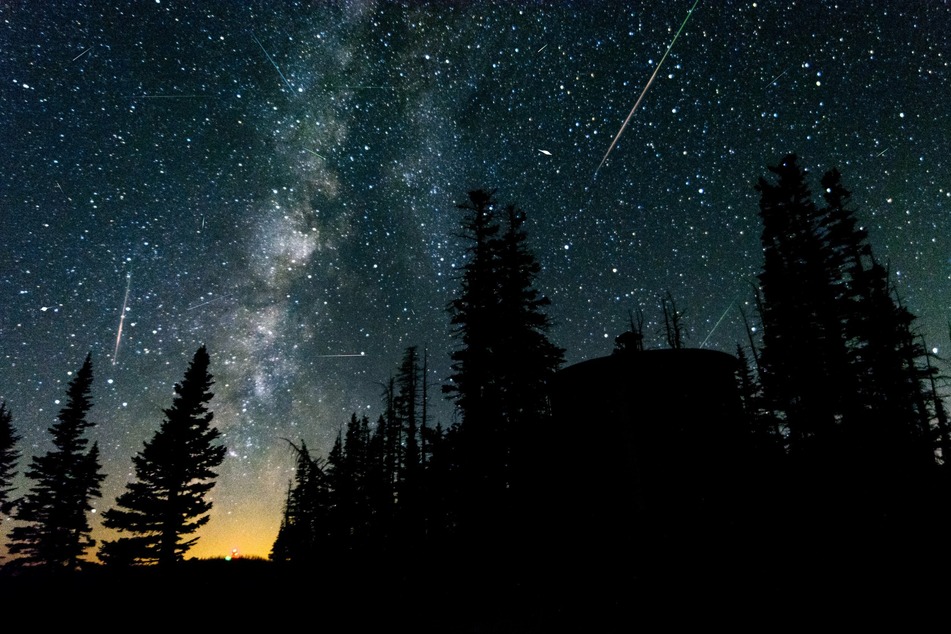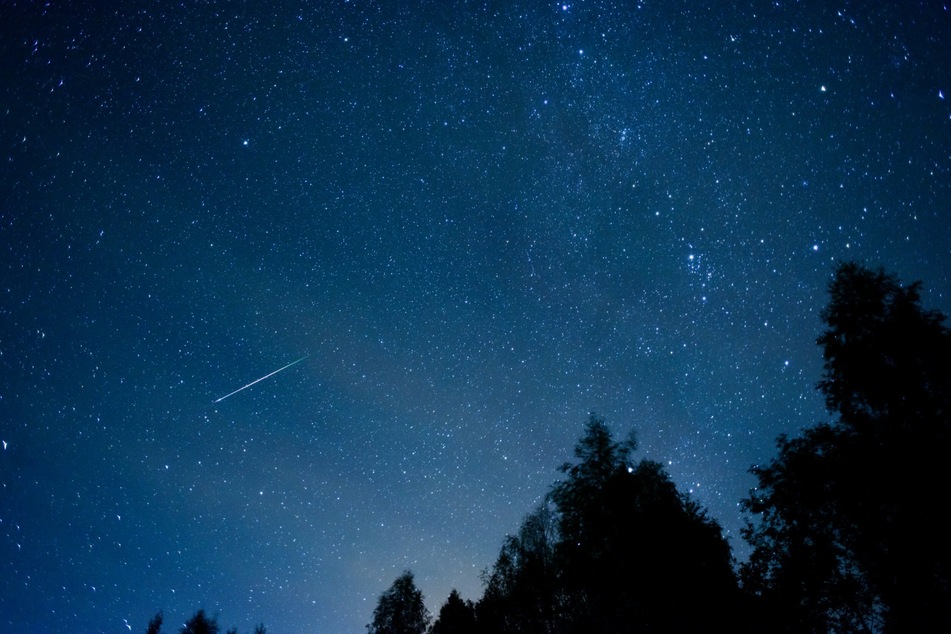Perseids meteor shower 2024: How to watch the biggest shooting stars and fireballs
Are you ready to watch the largest meteor shower of the year? The Perseids 2024 peak is just around the corner.

At its peak, the Perseids meteor shower boasts some 50 to 100 meteors per hour, and is one of the most impressive phenomenons in the sky. In 2023, the meteor shower will peak between August 11 and 12.
The night of August 12 is the best time to try and catch a glimpse!
This shower is known for its speedy meteors that "leave long wakes of color and light behind them as they streak through our planet's atmosphere," according to NASA.
What looks like shooting stars are really particles released from comet 109P/Swift-Tuttle. The Perseids are also famous for their fireballs.
"Fireballs are larger explosions of light and color that can persist longer than an average meteor streak" and are "brighter" than most, according to NASA.
The annual event can be seen around the world, and gets its name from the constellation Perseus, because that's where its shooting stars appear to hail from. It's an apt name for the largest meteor shower of the year, as Perseus was the Greek hero who beheaded Medusa.
This year, the peak coincides with a waning crescent moon, meaning catching a glimpse will be easy.
When to watch the Perseids meteor shower

As the moon is waxing during the Perseid's peak in 2024, but you'll be able to catch the show after the moon sets.
The best time to stare at the sky is after midnight until pre-dawn. That's prime time for meteor viewing, according to NASA.
The Perseids aren't just visible during their peak. This shower is active from July 14 until September 1.
Looking to catch the stellar show? Make sure you go somewhere with less light pollution. Better yet, camp out and make it a whole summer stargazing event!
Cover photo: 123RF/benschaefer2003